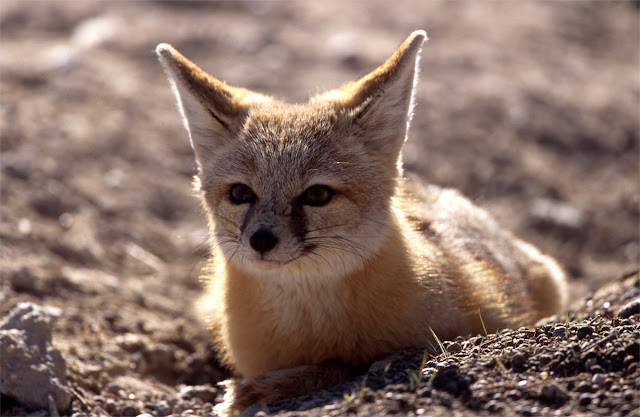Desert Wildlands Need Your Voice in Vegas

The Bureau of Land Management (BLM) is hosting two public meetings on plans to mow down nearly 11 square miles of intact desert wildlands to build the Gemini Solar power project , which would be located northeast of Las Vegas along the entrance road to Valley of Fire State Park . It will be very important for concerned citizens to attend because most environmental groups have taken a muted stance on the project, even though it is expected to displace up to 260 desert tortoises, and wipe out beavertail and silver cholla cacti, burrowing owl nesting locations and imperil a rare plant found in only a few places in the Mojave. [UPDATE: These meetings have concluded, but you can still submit comments by e-mail up to September 5. Scroll down for details on how to submit comments.] Any member of the public is welcome to attend the meetings , and public comment sessions are during the last hour of each session: Public Meeting #1 - Las Vegas When: Tuesday, July 23rd, 5:00 - 8:00 PM




